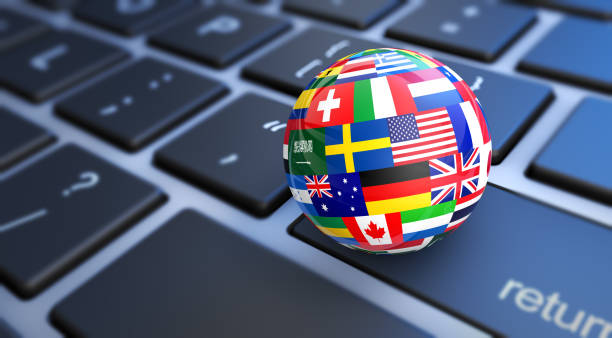
Translating your website into multiple languages is an effective strategy to help you grow your business and reach new markets. Careful, detailed translation which takes different geographical locations, cultural and social trends into consideration can boost your company’s success. Yet, failure to translate your content effectively can negatively impact your business. Here are 7 common website translation errors you need to avoid.
1. Failure To Prioritize
When you decide to translate your company’s website, it can be tempting to think that you need to translate the whole site in one go before you can launch it in new markets. Instead, focus on your most essential content and prioritize this first. This includes key elements on your website, as well as more recent and relevant posts and resources. Save translation of older posts, blogs or press releases till a later date.
2. Not Translating Key Elements
One of the most important elements of your website to ensure is translated accurately and is fully functioning is customer communication. In particular, it’s essential to ensure that customers can easily access customer support in their language or reach an appropriate representative who speaks their language.
Similarly, ensure important elements like your contact details, currency and URLs are all properly translated into the localized language and location to ensure that you can successfully connect with your global markets. Don’t forget to ensure that any apps or social media accounts are similarly updated before you launch.
3. Using Only Online Translation Generators
Don’t be tempted to cut costs by only using online translation generators. Not only do translation generators create less engaging content, but they often employ “exact” translations, which tend to miss nuances and can lead to ineffective and even damaging translations. In many cases, they will simply lead to incorrect translations and misspellings, which can cause confusion and result in a loss of customers.
4. Not Using Native Translators
Using human translators is definitely a better option, especially if you are also using some machine translation software. It’s essential that you work with translators who are fluent and skilled in both languages to ensure that the resulting content and tone are natural and accurate. However, if possible, try to work with native translators. Not only will they be more familiar with the phrasing and etymology of the native language, but they will also have greater understanding of the culture and target groups you are aiming your content at. As such, they will be better placed to adapt and localize your website content.
5. Failing To Localize Content
Localizing content is essential if you are to successfully reach new markets and be persuasive. Not only do translators need to be familiar with the language itself, but it’s also crucial that content is able to match the cultural specifications and the dialect of each new location. This applies to all content on your website, including videos, images, music and advertisements. Failing to localize content could lead to the production of culturally insensitive or inappropriate materials which could offend or isolate customers, thereby impacting negatively on your business.
6. Forgetting To Apply SEO
SEO is not limited to any one language, so it’s essential that you identify keywords anew when translating your site. Make sure that you also research which terms, including keywords and phrases, need to be adapted before you begin translating. By identifying your SEO keywords in the new local language first, you can then organize the translation around those for a smoother, more successful marketing strategy and effective translation.
7. Translating Into Too Many Languages
Tempting though it may be to translate your website into multiple language to try to widen your market reach, this can actually be a mistake. It’s important to establish which geographical locations and languages most benefit your company and products. Limit your translations so that you can focus on and target those regions which will have the biggest impact upon your business.
Conclusion
Successfully translating a website into other native languages is a task which often requires a team of highly skilled translators. Make sure that you communicate regularly with them and seek out their input to ensure content is localized effectively. Ensure that all necessary aspects of your website are properly translated and ready before launching to ensure maximum success.
Kristin Herman is an experienced travel writer at Study demic, where she regularly writes articles about local customs and cultures. She has written for a number of online magazines and blogs and enjoys sharing her experiences of different cultures and cuisines with her readers. Kristin enjoys travelling in her spare time and learning new languages.